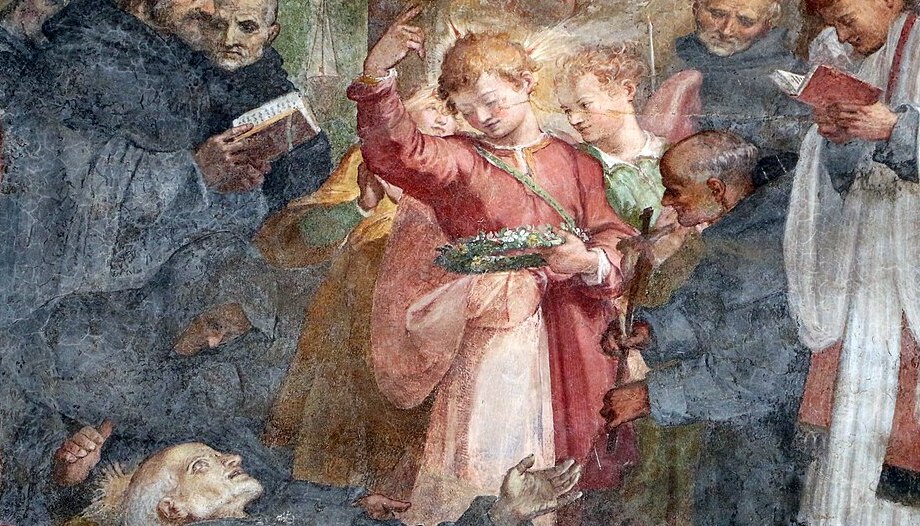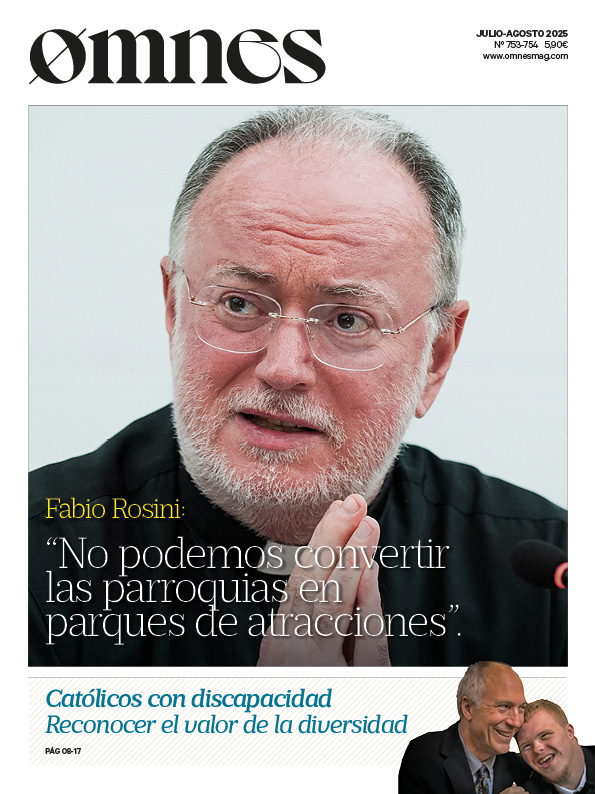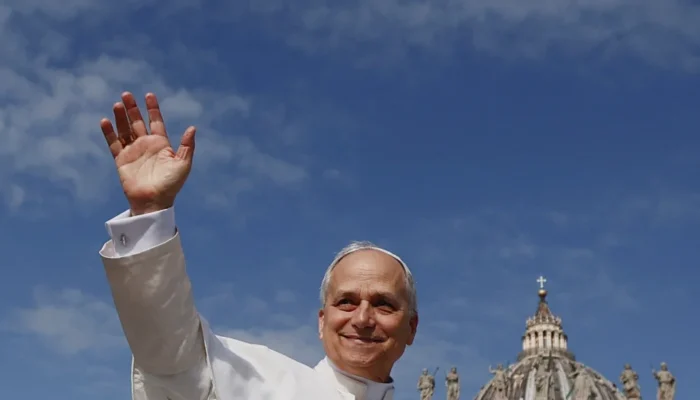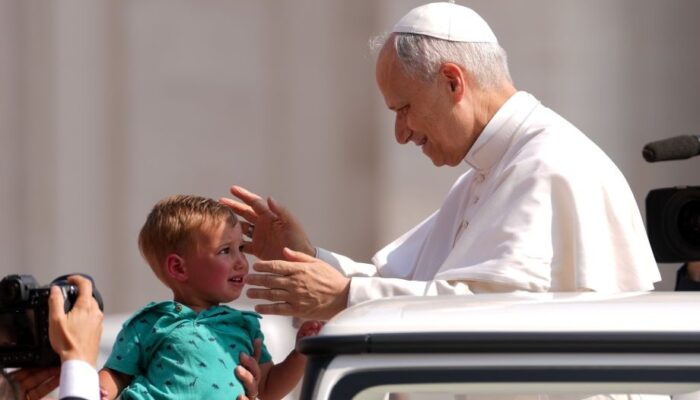The seven saints who were members of the primitive Community of the Order of the Servants of Mary did not want to be called "founders". St. Alessio Falconieri left the following testimony: "It was never my intention, nor that of my companions, to found a new Order. Nor that such a great multitude of friars would come out of our union. I and my companions believed that we had come together by divine inspiration for the sole purpose of leaving the world and fulfilling more worthily the will of God. Therefore, the foundation of the Order of the Servants of Mary should be attributed to Our Lady".
After more than half a century, on February 11, 1304, the Order was approved by Pope Benedict XI. "The motive that impelled the Pope to the approval was exactly this: the special dedication of the Servants to the Queen of Heaven. As a basic text, from the beginning the Servants of Mary adopted the Rule of St. Augustine, like several Orders of that time, adding Constitutions in honor of the Mother of God. It is currently spread in 27 countries.
St. Theodore of Heraclea was a soldier whipped, imprisoned and burned alive, according to the Roman Martyrology, for confessing that he was a Christian, in Amasea, in the Hellespont. St. Gregory of Nyssa praised this saint, who died at the beginning of the fourth century, in a famous eulogy. Faced with the thesis that there was another saint Theodore, general, martyr, the subject was studied by H. Delehaye, who believes that there was only one Theodore martyr, and possibly a soldier.








